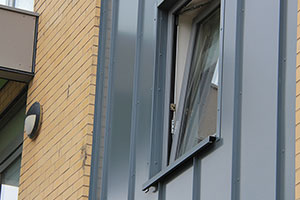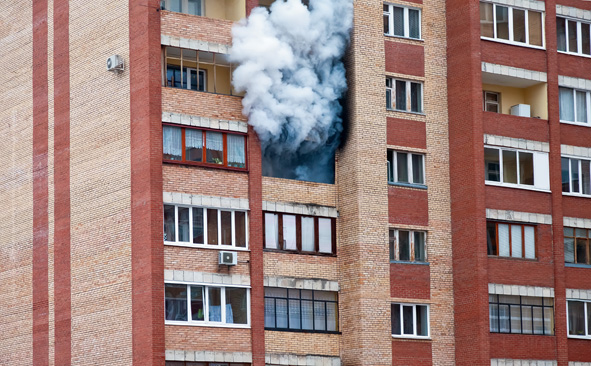Cladding: Standing Seam Installation Vs Traditional Installation methods

Standing seam cladding systems offer distinct advantages over traditional rainscreen solutions like cassette and rivet fix systems, particularly in terms of performance, aesthetics, and long-term durability. One of the key benefits is their ability to accommodate thermal movement. Thanks to the use of fixed and sliding clips, metal panels in standing seam systems can expand and contract naturally, reducing structural stress and preventing issues such as buckling or cracking over time.


















